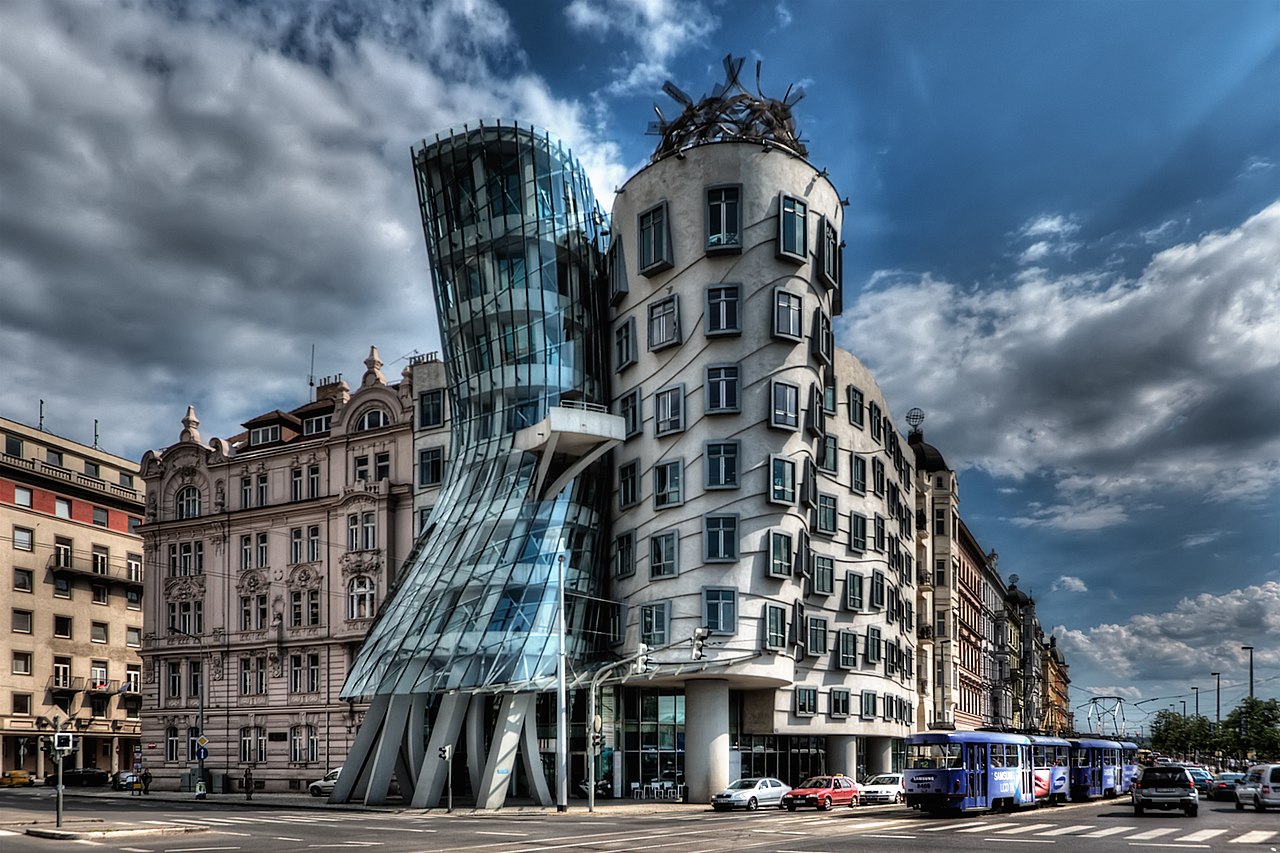ISABEL RUBIO ARROYO | Tungsteno
If Canadian-American architect Frank Gehry is notable for anything, it is for the way his buildings seem to be warped or deformed. This is the case with such iconic structures as the Guggenheim Museum in Bilbao (Spain), the Dancing House in Prague (Czech Republic) and the Walt Disney Concert Hall in Los Angeles (USA). Today, Gehry is considered one of the world's most influential architects and has won awards such as the Pritzker Prize, the most prestigious award in the field of architecture.
A titanium ship reminiscent of fish
The Guggenheim Museum is inspired by the shapes and textures of a fish. "Our time is full of movement and change and I said [to myself], well if you go back 300 million years before man is fish, and fish are very architectural and they express movement. That just came out of nowhere in my head," says Gehry, 94. Then he started drawing fish: "It was very kitsch and I was embarrassed by it. But slowly, like this building, it was the first curvy use of those ideas."´
The titanium panels of the Guggenheim resemble fish scales and reflect the light and water of the Bilbao estuary. Some also see the structure as a titanium ship that has revived the city's economy. After its completion in 1997, it was praised by critics. When the legendary American architect Philip Johnson visited, he described Gehry as "the greatest architect we have today."
Frank Gehry always tries to express movement with his buildings. Credit: MasterClass
"The Drunk House" and other criticisms
Some of his buildings have not been without controversy. The Dancing House in Prague, designed by Gehry and architect Vlado Milunic, consists of two interlocking towers: a glass one that tapers in the middle and a curved one with windows that are not aligned. Inspired by the figure of a dancing couple, it has been criticised for being asymmetrical and out of place in a more traditional setting. Among its detractors, it is known as "The Drunk House".
The Walt Disney Concert Hall was a huge success when it opened in 2003. But it soon came under fire because the metal it was built of was too shiny. "Drivers were blinded by the glare, and residents of the condos across the street complained about the reflected heat," NPR explained in 2005. Initially, a grey tarp was placed over the worst area, which represented only a small part of the building. Workers later sanded the metal to dull its shine.
Gehry's buildings are notable for their curvilinear shapes. Credit: Strelka Institute
A priceless legacy
Despite the criticism, Gehry's innovative and transformative work has made him one of the world's most awarded architects. As well as being a leading exponent of the deconstructivist movement, his buildings are recognisable all over the world. For him, "architecture is art". When the Pritzker organisers asked him who his idol or mentor was, he picked up a photograph of the sculptor Constantin Brancusi from his desk and said: "Actually, I tend to think more in terms of artists like this. He has had more influence on my work than most architects."
Gehry tends to approach each building as "a sculptural object, a spatial container, a space with light and air, a response to context and appropriateness of feeling and spirit". "To this container, this sculpture, the user brings his baggage, his program, and interacts with it to accommodate his needs. If he can’t do that, I’ve failed," he told Contemporary Architects magazine in 1980. More than four decades later, Gehry continues to design projects for clients around the world from his architecture firm in Los Angeles. As The New York Times headlined in 2021, he "is too busy to retire".
Tungsteno is a journalism laboratory to scan the essence of innovation.
